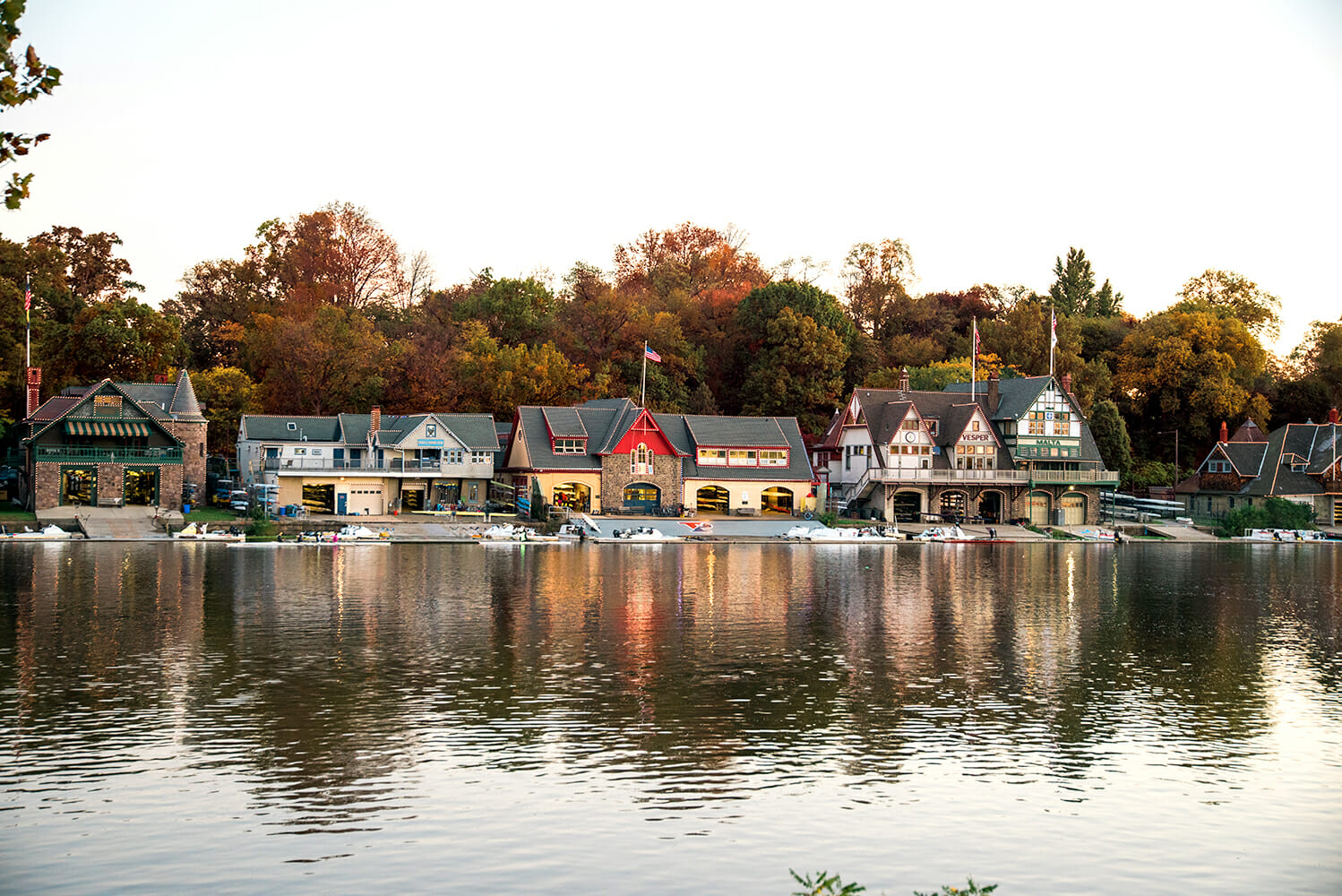Table Of Content

The lights can also fade from one to the next, also creating ombre effects and highlighting eclectic architectural features of the historic structures with different colors. However, between 1853 and 1856, Undine, University, and Bachelors’ Barge Clubs were all founded and remained in operation in the twenty-first century. Following the removal of the old light system, the individual boat houses had an opportunity to address any deferred building repairs that were previously inaccessible because of the lights. Some of the houses replaced their roofs, and a few did structural repairs which were uncovered after the removal of the previous lighting system. Many did carpentry repairs and painting on the exterior of their historic buildings. One house even completely replaced the chimney because drone footage from the construction team revealed necessary masonry stabilization.

Lonely Planet's must-see attractions
Understanding different cultures, political climates, and social issues can give athletes a deeper appreciation of the diversity of humanity. This knowledge can help them better connect with people from all walks of life, which is a valuable skill in any sport, but especially in rowing, where teamwork is essential. Secondly, keeping up with current events can also provide rowers with insights and inspiration that can be applied to their training and competition. For example, reading about the latest advances in sports science or learning from the strategies used by successful teams in other sports can provide valuable insights that rowers can use to enhance their own training regimes. The 11 structures that line Boathouse Row are an iconic Philly sight, the backs of which can be seen clearly from the Schuylkill Expressway, their lights outlining the homes year round.
Fairmount Park Conservancy
Funds to replace the lights and underwrite the lighting project were provided by the Joanna McNeil Trust and the City of Philadelphia. "Boathouse Row is such an iconic landmark for Philadelphia," Mueller said. "We had to be very resourceful with our equipment while maintaining our safety plan to access the houses," said Matthew Stevenson, the vice president of operations for Eagle Industrial Electric. Rasheed said after the lights were turned off, an assessment was done to determine the best way to redesign and upgrade the lighting system.
rooftop architecture and design (
The calendar for such racing is cooperatively coordinated by the member clubs, programs, and other users on the river. For additional information or questions about this schedule, please contact BONNIE MUELLER, Vice Commodore of the Schuylkill Navy by completing the form below. The Schuylkill River is a well-known destination for rowing enthusiasts around the world.
designboom will always be there for you
Horvat, now the Commodore of the Schuylkill Navy of Philadelphia, has been a member of Vesper since 1973, before he went on to become a national champion. Local universities including Drexel, Penn, and La Salle row out of houses on Boathouse Row. Temple and Saint Joseph's row out of other boathouses along the Schuylkill that are not part of the Row.
Philadelphia's Boathouse Row lights return in March after repairs - The News Journal
Philadelphia's Boathouse Row lights return in March after repairs.
Posted: Mon, 12 Feb 2024 08:00:00 GMT [source]
Boathouse Row, identified as a National Historic Landmark, is unique — there isn’t anywhere else in the world where the majority of a region’s rowing clubs are centrally based in one area like this. Peco installed lighting here in the 1970s, and Comcast installed Wifi this year. Originally, the lights were supposed to come back on before the holidays, but supply chain issues pushed the date back. During this time, the clubs also did maintenance and improvements to the buildings including new roofs, painting and masonry. The Fairmount Park Conservancy said the Boathouse Row Lights can be booked for special events, holidays, sponsored shows, and individual requests, with fees going directly to the ongoing maintenance of the Boathouse Row lights. Boathouses #2 through #14 are part of a group known as the Schuylkill Navy, which encompasses several other boathouses along the river.
Time Periods
The University Barge Club owns boathouse No. 7, a house that was originally divided in half down the middle — it now has two staircases — to accommodate both the University Barge Club and the Philadelphia Barge Club. Once the Philadelphia Barge Club went under, the house became solely the University Barge Club’s property. Margaret Meigs, vice commodore of the Schuylkill Navy, has been a member of the University Barge Club since the early 1990s when the group went co-ed. An eight-person boat is named after Margaret and her husband and sits in the first floor of the boathouse. Standing in the images are members of the Kelly family — think “Kelly Drive.” There’s John B. Kelly Sr., a three-time Olympic gold medalist in rowing.
This website is using a security service to protect itself from online attacks. There are several actions that could trigger this block including submitting a certain word or phrase, a SQL command or malformed data. A diverse digital database that acts as a valuable guide in gaining insight and information about a product directly from the manufacturer, and serves as a rich reference point in developing a project or scheme. Schuylkill Navy and its partner organizations host many events throughout the year. Read the news of the day in less than 10 minutes — not that we’re counting.

Because of that, colleges are beginning to offer more scholarships and opportunities. Renovations of the Vesper house took 10 years and were completed in 2000. Now, the boat once rowed by John B. Kelly is mounted on top of the ceiling, and memories from Olympics and championships past — both men’s and women’s — sit in glass cases. Awards from the annual Schuylkill Navy Regatta, the race that’s taking place this weekend, sit on the shelves.
In the long term, the time spent on repairs will protect both the lighting system and the historic houses. A recent addition, Lloyd Hall, built in 1999, is the only public structure among the boathouses. After demolition of the former public boathouse, Plaisted Hall, the new construction created controversy because its many amenities did not include room for storing or launching rowing shells. The first small boathouse built by the Undine Barge Club was little more than a shack, but the original structure was renovated in the 1880s by the prominent architectural firm of Furness & Evans.
Fairmount Park’s Boathouse Row is a central identifying icon of Philadelphia. A favorite Philadelphia “postcard” is Boathouse Row at night, with the lights that outline the boathouses reflected in the water of the Schuylkill River. But by the 1850s and in the years leading up to the Civil War, the city was interested in beautifying the area and essentially said to clubs, “You have to upgrade. Get a plan together and we’ll approve it.” From there, the boathouses were born. Now that the 6,400 individual LED lights are turned back on, it will help illuminate the historic buildings. Boathouse Row came into existence thanks to the construction of the Fairmount Dam and Water Works nearby, which prevented tidal waters from making their way into the city’s water supply.
On the other side of the first floor level of Boathouse No. 7 is an old wooden boat that’s no longer in use. It’s called a Lady Boat, and well-off men in the 1900s used it to row the women in their lives to social events up the river. They were designed by prominent architects of the late 1800s and are set on soggy ground.
Each year, thousands of athletes and spectators gather on its banks to witness one of the most prestigious competitions in the sport. This year, however, there’s an exciting twist – the competition’s sponsor is an online casino, to find more about which you can read Luxury Casino review. At the top of the first set of stairs is a large training room with stationary bikes, rowing devices and other cardio equipment.
We know that many of you worry about the environmental impact of travel and are looking for ways of expanding horizons in ways that do minimal harm - and may even bring benefits. We are committed to go as far as possible in curating our trips with care for the planet. That is why all of our trips are flightless in destination, fully carbon offset - and we have ambitious plans to be net zero in the very near future. The new lighting system cost about $2.1 million and includes 16 million color combinations.

No comments:
Post a Comment